Modify Hurricane Relief Strategies, National Academies Report Recommends
Feb 03, 2020 — Atlanta, GA
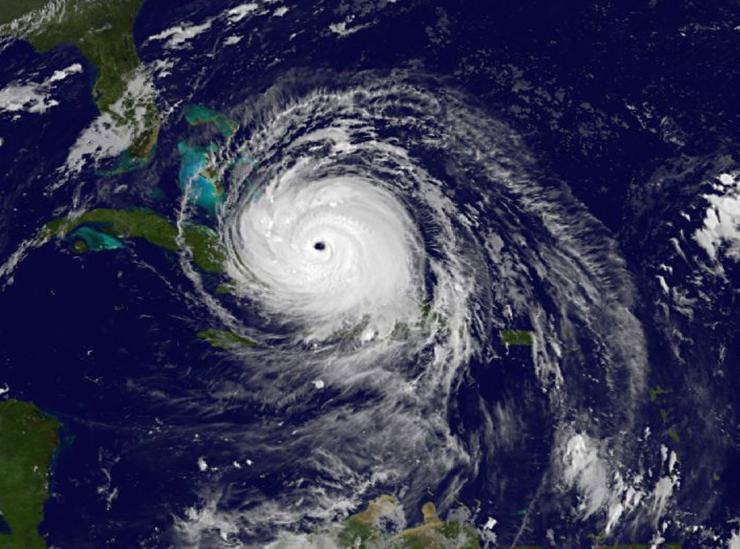
Hurricane Irma struck in 2017 in the Caribbean and was blamed for more than 130 deaths.
Credit: NASA/NOAA GOES Project
Alleviating suffering more effectively in the wake of hurricanes may require a shift in relief strategies, says a new committee report by the National Academies of Science, Engineering, and Medicine.
In the immediate aftermath, relief agencies rush in survival supplies like water, food, medicine, and blankets. But instead of prioritizing and maintaining the relief supply chains, a transition to restoring a place’s normal supply infrastructure could help more people more quickly. That’s the first recommendation from over 125 pages of case studies and analyses, issued by an eight-member National Academies committee that included Pinar Keskinocak, a professor at the Georgia Institute of Technology and the director of its Center for Health and Humanitarian Systems.
Hurricanes can kill many victims by drowning, and in their wake, mangled homes and roads, contaminated water, and shortages of everything compound suffering. Restoring supply lines, primarily of the private sector, would accelerate recovery, according to the report, but relief efforts can unintentionally conflict with that.
“Relief supply chains inevitably compete with regular supply chains, given limited resources, such as transportation. If the focus is primarily on pushing relief supply rather than restoring infrastructure and supply chains to normalcy, we may unwittingly delay recovery and prolong the aftermath,” said Keskinocak, who is William W. George Chair and Professor in Georgia Tech’s School of Industrial and Systems Engineering.
Researchers on the ground
In 2017, in the wakes of hurricanes Harvey, Irma, and Maria, the last of which killed over 3,000 people, FEMA assigned the National Academies to make recommendations on improving relief response. Keskinocak and her colleagues traveled to the storm-damaged sites to collect information for their report.
“We spoke to stakeholders in affected areas – local governments, businesses, health systems, and more. We learned about the impact of storms on their community, what their participation was in the response process, and what went well and not so well,” Keskinocak said.
Challenges in the coordination of resource allocation, especially in logistics, have caused hindrances to recovery. This led to the report’s other major recommendations.
“Areas where hurricanes may strike need to get a good understanding of how supply chains work under normal conditions along with their vulnerabilities, or weak links, so they can be proactive in strengthening supply,” Keskinocak said.
Public-private collaboration
Disaster preparedness requires collaboration between government, relief agencies, and the private sector, all compiling and sharing this understanding together. All sectors would benefit from educational programs on supply chain dynamics and from sharing public-private partnership best practices.
“After a big storm strikes, it is typically not possible for any one entity to handle it all alone,” Keskinocak said. “Organizations such as FEMA could play the role of a convener to ensure various organizations collaborate, coordinate, and share information well ahead of time and in the aftermath.”
The report recommends increasing focus on preparedness over post-disaster response toward preparedness, as this could help alleviate situations in which FEMA marshals ample supplies but then finds that the supplies are not needed or cannot be effectively distributed to those in need.
“I have the utmost respect for what FEMA does because they have to work under the most difficult circumstances, and these conditions may put them into binds that are out of their control,” Keskinocak said. “More preparedness on the ground could help get FEMA, local governments, private sector, and non-governmental relief agencies to achieve synergies for saving lives and alleviate suffering."
Read the news release by the National Academies of Science, Engineering, and Medicine here.
Also read: Tweaking vaccine distribution could save many more lives in flu season and pandemics
Writer & Media Representative: Ben Brumfield (404-272-2780), email: ben.brumfield@comm.gatech.edu
Georgia Institute of Technology
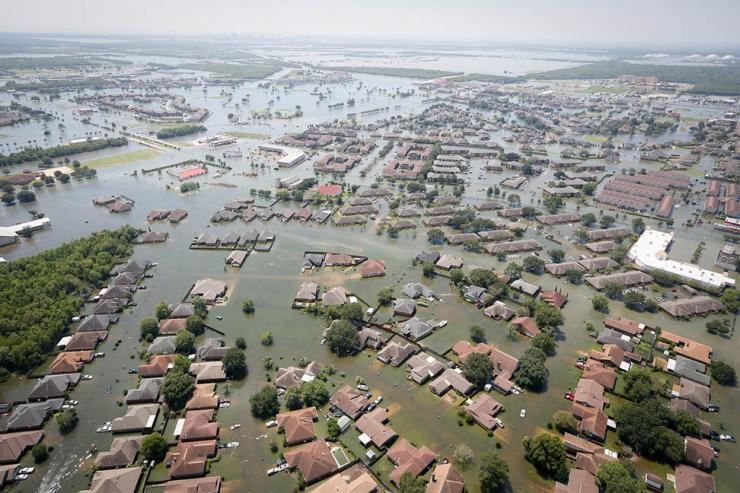
Floodwaters cover Port Arthur, Texas, on August 31, 2017, following Hurricane Harvey. Staff Sgt. Daniel J. Martinez took this photo from a South Carolina Helicopter Aquatic Rescue Team UH-60 Black Hawk helicopter during rescue operations following the storm. (Photo: Staff Sgt. Daniel J. Martinez, U.S. Air National Guard)
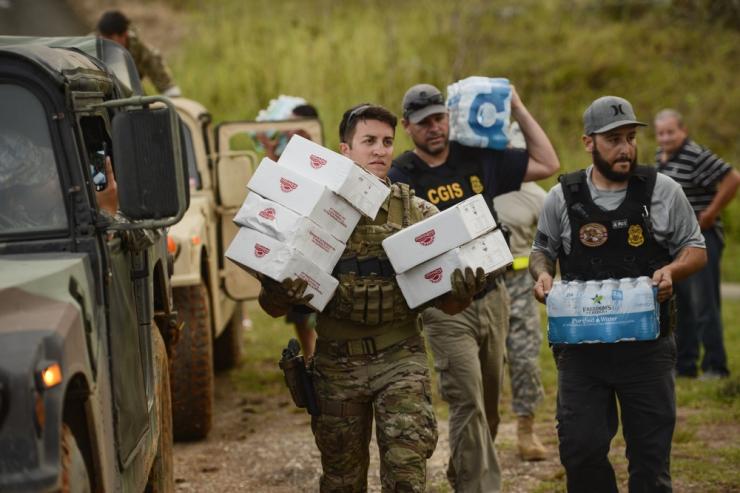
FEMA workers distribute aid in Puerto Rico in the aftermath of Hurricane Irma in 2017. Credit: FEMA.gov
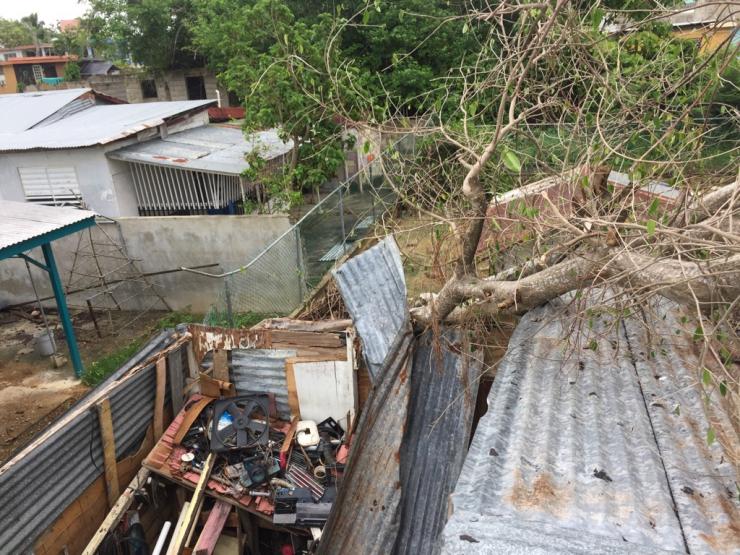
Damage in the wake of Hurricane Maria, which struck in 2017 and was blamed for over 3,000 deaths, the bulk of them in Puerto Rico. Credit: FEMA.gov
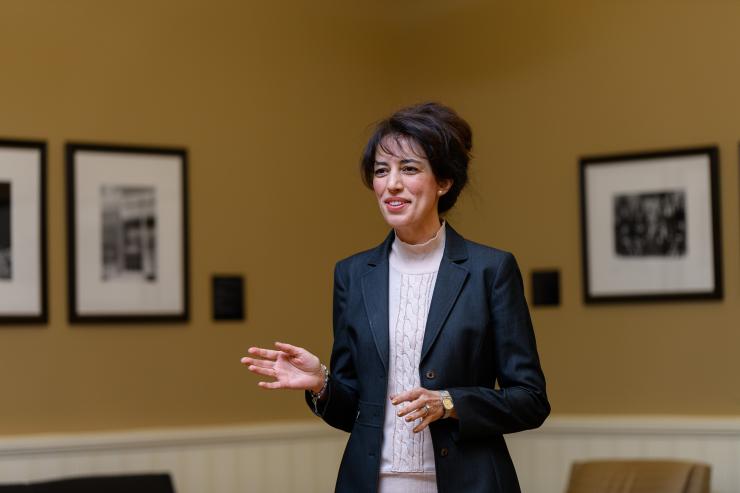
Pinar Keskinocak from the Georgia Institute of Technology uses systems engineering to save lives from pandemics and other public health crises. She is William W. George Chair and Professor in Georgia Tech’s H. Milton Stewart School of Industrial and Systems Engineering and Director for the Center of Health and Humanitarian Systems. Credit: Georgia Tech / Rob Felt




